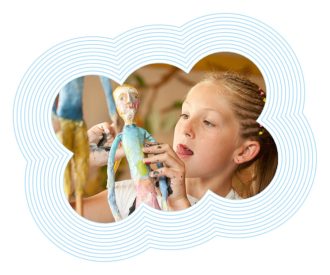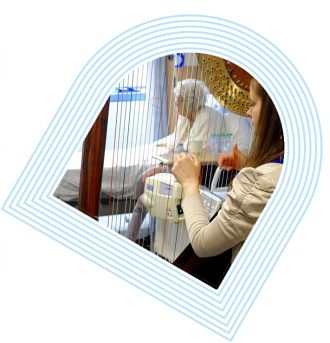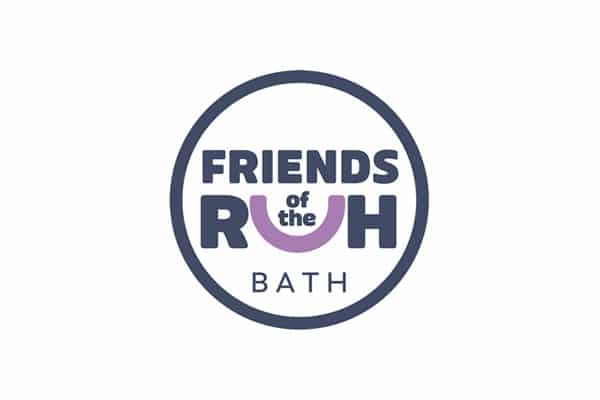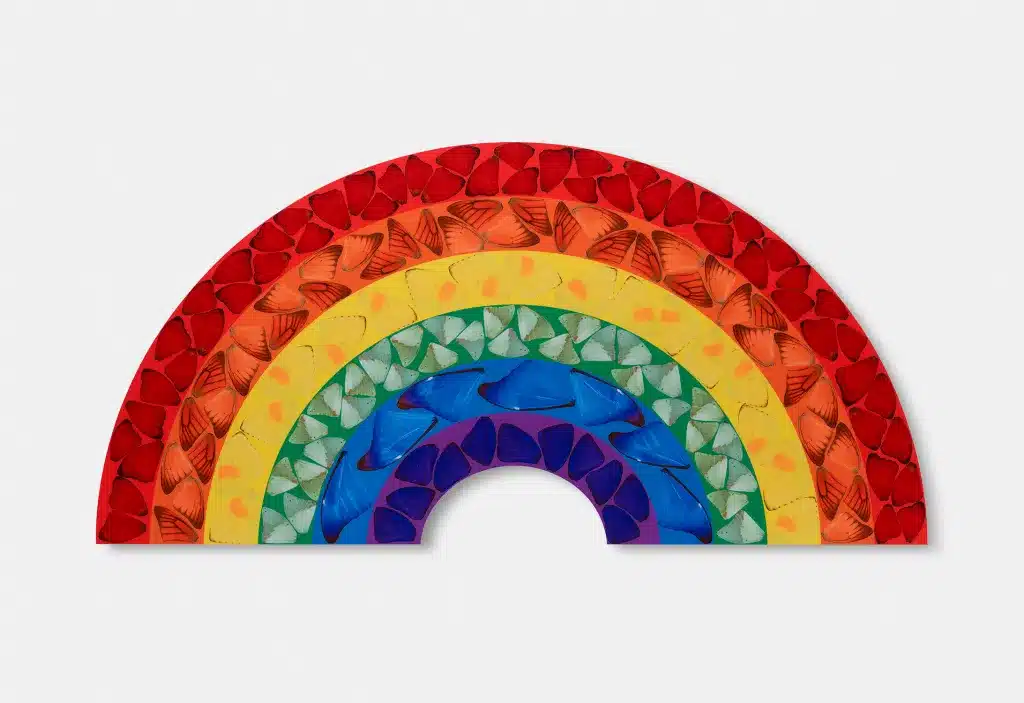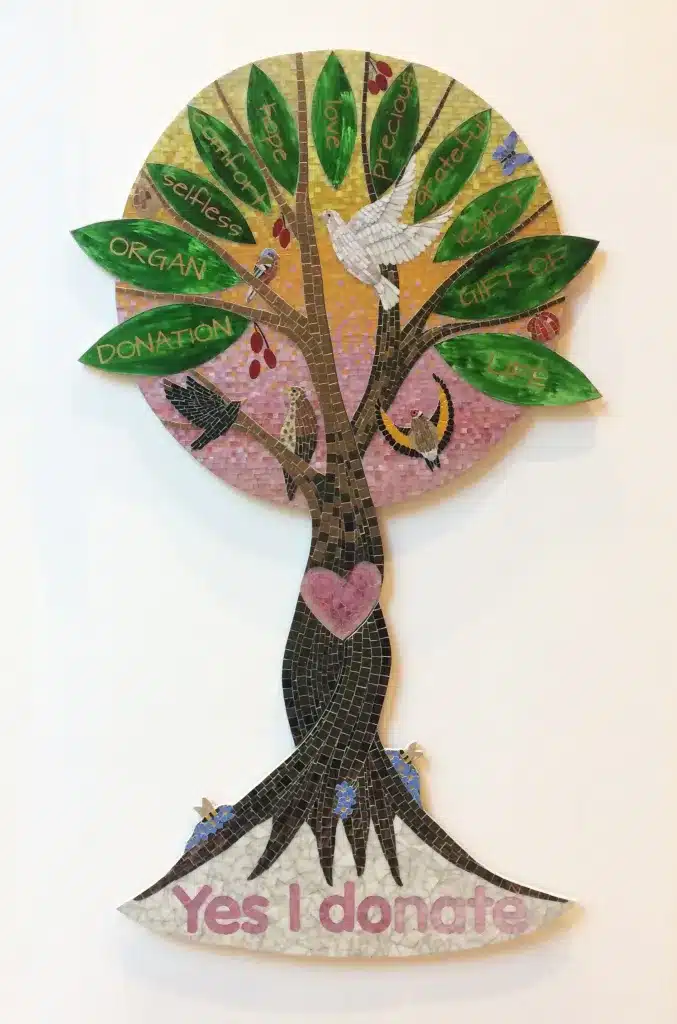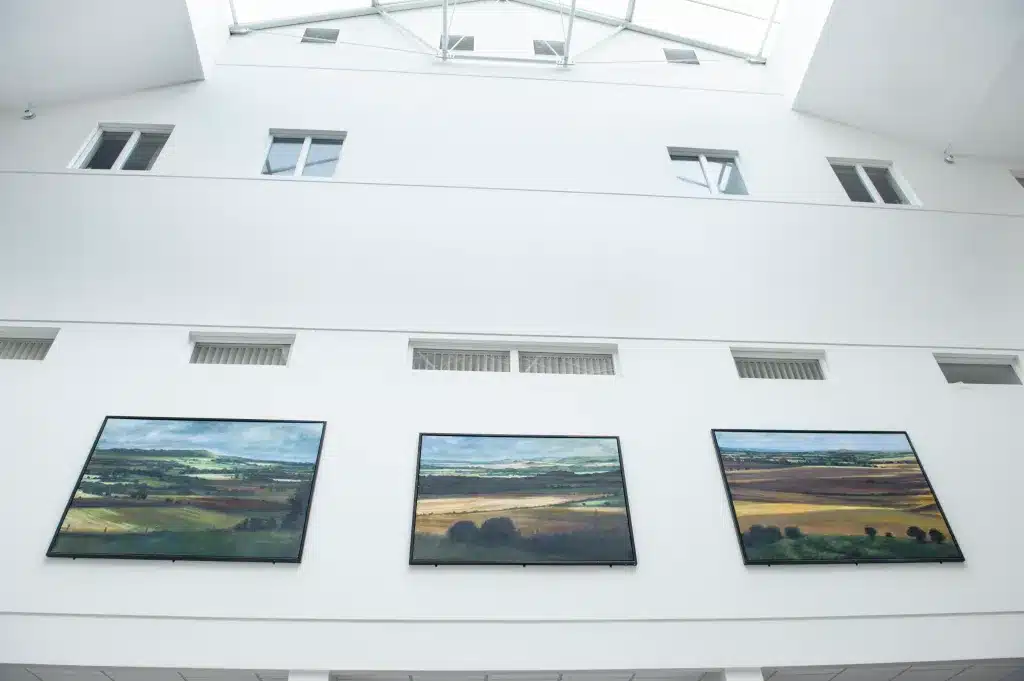ECHO OF THE ELEPHANTS, MARTYN COLBECK
For over 20 years, Martyn been documenting the lives of one family of elephants in Amboseli National Park, Kenya. Together with elephant scientist Cynthia Moss, Martyn has made three films for the BBC’s world-renowned Natural History Unit in Bristol following the day to day lives of an elephant matriarch, known as Echo, and her family. These highly acclaimed films, known as the “Echo of the Elephants” trilogy, follow Echo as she guides her extended family through crises, including droughts and the birth of her own crippled calf.
IN A FRENCH RESTAURANT, 1982
SIR HOWARD HODGKIN
Howard Hodgkin is one of Britain’s most important painters and printmakers. Born in London in 1932, he studied at the Camberwell School of Art between 1949-50, followed by the Bath Academy of Art between 1950-1954. He has served as a trustee of both the Tate Gallery and the National Gallery, London and in 1992 he was knighted for his services to the arts.
Hodgkin’s paintings and prints often refer to memories and private experiences, but deliberately avoid the illustrational. Though his works often appear spontaneous, they are often the result of an extensive process of layering and over-painting. Since the 1950s, he has made a substantial number of original prints and, over the last twenty years has favored the use of etching and aquatint combined with hand-painting.
In 1985, Hodgkin won the Turner Prize and represented Britain in the Venice Biennale. His work has been the subject of numerous major retrospectives most notably at the Metropolitan Museum, New York in 1995 and more recently, in 2006, at the Tate Gallery, London, The Irish Museum of Modern Art, Dublin and the Reina Sofia, Madrid. His paintings and prints are held by most major museums including MoMA, NY, Tate Gallery, London, Metropolitan Museum, NY, British Museum, London, Carnegie Institute, Pennsylvania and Louisiana, Denmark.
The screenprint on T.H. Saunders Waterford paper ‘In a French Restaurant’1982 is signed by the artist in red crayon, lower right and kindly donated to Miss Rebecca Winterborn, Consultant Vascular Surgeon, by Mr Paul Cornwall-Jones
PURKINJE, STEPHEN MAGRATH
This drawing was inspired by a small photographic image that Stephen saw of a particular type of brain cell in the Cerebellum which was discovered in a nineteenth century by the Czech anatomist, Jan Purkinje.
Stephen has attempted to depict how each neuron might be encoded with specific information and memories which connect with the vast network of neurons that is our brain.



